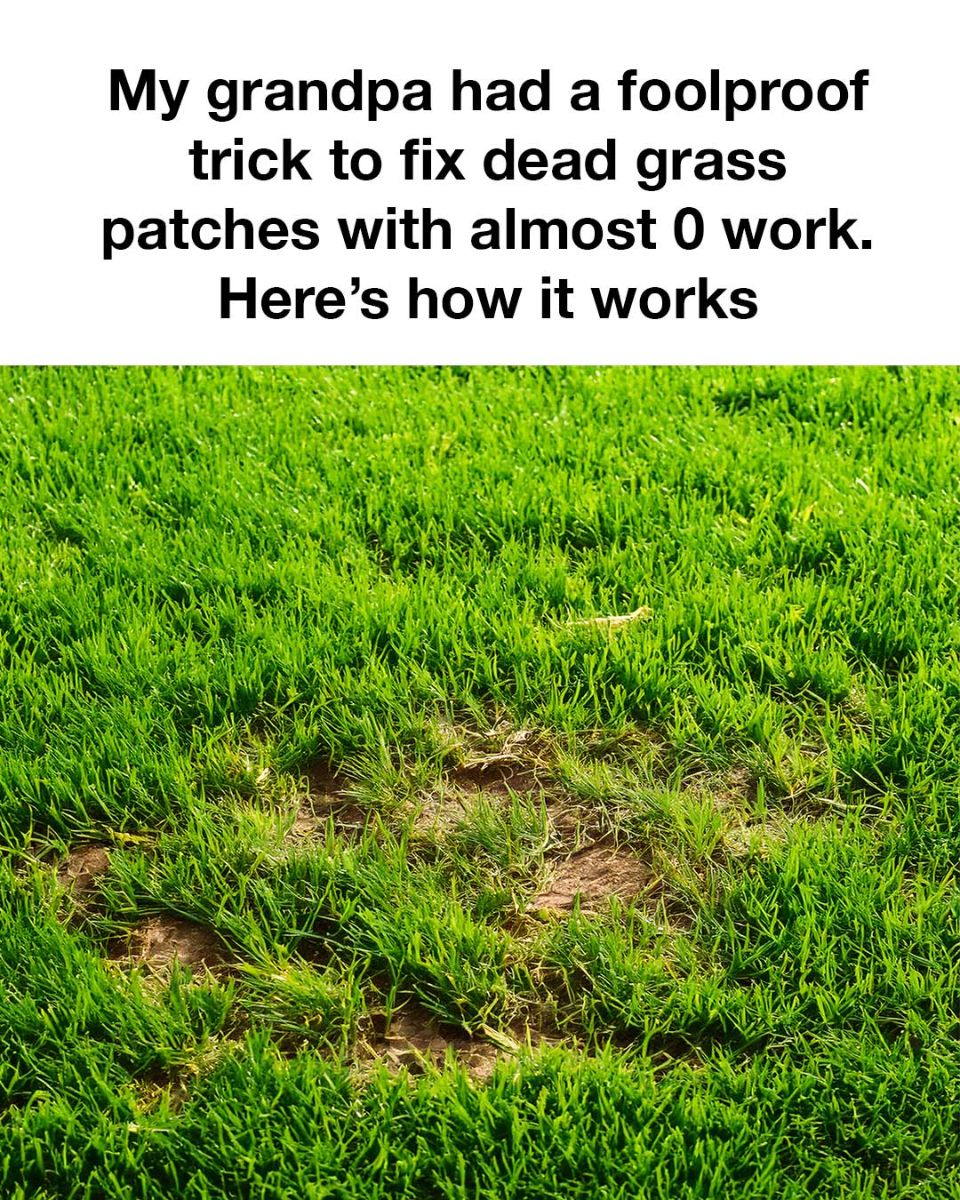Every homeowner dreams of a lush, green lawn that serves as a perfect backdrop for outdoor activities and enhances curb appeal. However, dead grass patches can be a persistent eyesore, detracting from the overall beauty of your yard. My grandpa, a seasoned gardener with decades of experience, had a simple yet effective trick to revive these patches with almost no effort. This method not only saves time but also ensures your lawn remains healthy and vibrant throughout the year.
Understanding the Problem: Why Grass Patches Die
Grass patches can die for a variety of reasons, including drought, pests, diseases, and improper mowing. Environmental factors such as excessive heat or lack of sunlight can also contribute to the problem. Additionally, soil compaction and poor drainage can prevent grass roots from accessing necessary nutrients and water, leading to dead patches. Understanding the underlying cause is crucial for effective treatment and prevention.
The Secret Trick: An Overview
My grandpa’s trick involves a natural and sustainable approach that requires minimal intervention. The key lies in using a combination of organic materials that enrich the soil and promote healthy grass growth. This method not only revives dead patches but also strengthens the lawn’s resilience against future problems. The best part is that it leverages materials readily available at home, making it an eco-friendly and cost-effective solution.
Materials Needed for the Grass Revival Hack
To implement this trick, you will need a few simple materials: a bag of topsoil, a handful of grass seeds matching your lawn type, compost or well-rotted manure, and a garden rake. These materials work together to create an optimal environment for grass regrowth, ensuring that the revived patches blend seamlessly with the rest of your lawn.
Step-by-Step Guide to Reviving Dead Grass Patches
1. Start by raking the dead patch to remove any debris and loosen the soil. This helps improve aeration and allows new seeds to take root.
2. Spread a thin layer of topsoil over the affected area to create a nutrient-rich base.
3. Evenly distribute grass seeds over the topsoil, ensuring they are in contact with the soil for better germination.
4. Cover the seeds with a layer of compost or manure to provide additional nutrients and retain moisture.
5. Water the area lightly but consistently, keeping the soil moist until the new grass is established.
Why This Method Works: The Science Behind the Trick
Next Page

